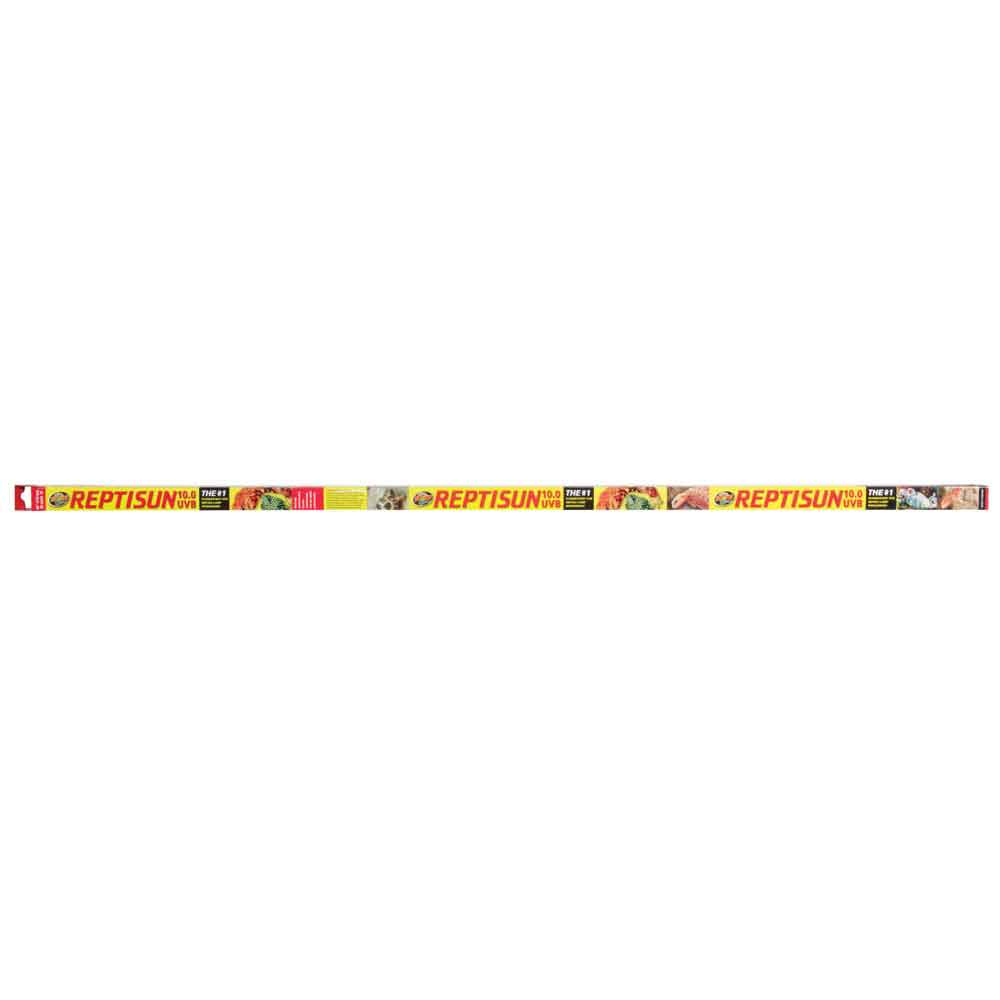 Recently I wrote about some exciting information that has recently come to light concerning the effectiveness of Zoo Med UVB lamps (please see my article Product Review: The Zoo Med Reptisun 10.0 High Output UVB Lamp and 5.0 UVB Lamp, Part I and Part II for further information).
Recently I wrote about some exciting information that has recently come to light concerning the effectiveness of Zoo Med UVB lamps (please see my article Product Review: The Zoo Med Reptisun 10.0 High Output UVB Lamp and 5.0 UVB Lamp, Part I and Part II for further information).
One drawback inherent in all UVB lamps (bulbs) is the fact that the lamp will continue to burn brightly long after its UVB output has declined or even ceased. To further complicate matters, the effective life varies from model to model, and among different manufacturer’s lamps.
Zoo Med has recently introduced a service wherein customers are reminded of lamp replacement dates via email. Lamp purchasers register the purchase date, model, terrarium type and species kept…based upon this information, the company determines the ideal time to replace the lamp and sends an email notice as that time approaches. Advances in technology that affect lamp life will be incorporated into the system.
A tip: if you have a large collection, you may wish to invest in a small UVB meter. UVB output and useful life can vary even among lamps manufactured by the same company. Actually monitoring UVB production will allow you, in some cases, to leave a lamp in place after its usual expiration date. Also, once UVB output has declined, you can move the lamp to a situation where it can be placed closer to a basking site or perhaps use it for a species that has lower UVB requirements.
You can read about Zoo Med’s new program at:
http://zoomed.com/Join/UVBSignup.php
 That Reptile Blog – Reptile, Amphibian and Exotic Pet Care and Information
That Reptile Blog – Reptile, Amphibian and Exotic Pet Care and Information





